
Introduction
The heap leaching process for oxidized gold ore has emerged as a prevalent and cost - effective method for gold extraction, especially when dealing with low - grade ores. This technique has gained popularity due to its simplicity, relatively low investment requirements, and ability to process ores that are challenging to treat using traditional methods.
Application Conditions
Ore Characteristics
1.Grade Requirement
Oxidized gold ores suitable for heap leaching typically have low gold grades. Most ores fall within the range of 1.0 - 3.0 g/t. Although there are some deposits with gold ore grades higher than 3.0 g/t that can also be processed using this method, the economic viability often lies in large - scale processing of low - grade ores. For example, in many gold mines around the world, ores with grades as low as 0.5 g/t have been successfully treated by heap leaching, provided other conditions are met.
2.Inlay Grain Size of Gold
The gold in the ore should have a fine inlay grain size or be flat. This makes it easier for the leaching agent (usually a cyanide - based solution) to come into contact with the gold particles and dissolve them. When the gold is finely distributed, the surface area available for the reaction with the leaching agent is increased, enhancing the leaching efficiency. In some cases, the gold may be present in the form of micro - particles within the gangue minerals, and as long as the ore structure allows the leaching agent to penetrate, heap leaching can be effective.
3.Ore Porosity and Permeability
The ore should be loose and porous as a result of oxidation and weathering processes. This natural porosity allows the leaching solution to penetrate through the ore heap evenly. Ores that have been exposed to surface conditions for a long time often develop a porous structure, which is highly favorable for heap leaching. For ores with few pores initially, crushing can be used to expose the gold and create a more permeable structure. However, if the ore is too compact or has a high clay content that can clog the pores during the leaching process, it may not be suitable for heap leaching without proper pretreatment.
4.Chemical Composition
The ore should not contain excessive acidic substances or elements that can react with cyanide. Acids can consume the cyanide in the leaching solution, reducing its effectiveness in dissolving gold. Additionally, elements such as copper, zinc, and iron in certain forms can compete with gold for the cyanide ions, leading to lower gold recovery rates. For example, if the ore contains a high amount of pyrite, which can generate sulfuric acid upon oxidation, it may require additional treatment to neutralize the acid before heap leaching. Also, the ore should not contain substances that can adsorb or precipitate the dissolved gold, as this would prevent the efficient recovery of gold from the leaching solution.
Ore Types
1.Disseminated Oxidized Ore
This type of ore has gold particles disseminated throughout the ore matrix. The oxidation process has often broken down the original sulfide minerals, leaving the gold more exposed. The loose nature of the disseminated oxidized ore allows the leaching solution to flow through the ore heap, contacting and dissolving the gold particles. In many gold - mining regions, disseminated oxidized ores are commonly processed by heap leaching due to their wide distribution and relatively simple processing requirements.
2.Sulfide Ores with Loose Gold - Sulfide Association
For sulfide ores where gold is not closely symbiotic with sulfide minerals, heap leaching can be a viable option. In these ores, the gold is more accessible to the leaching agent as it is not tightly bound within the sulfide structure. The oxidation of the ore can further enhance the exposure of gold, making it easier to dissolve during the heap leaching process. However, if the sulfide content is high and the gold - sulfide association is strong, pretreatment methods such as roasting or bio - oxidation may be required before heap leaching.
3.Vein or Placer Gold Deposits with Fine Gold Particles
Vein or placer gold deposits that contain tiny gold particles or gold particles with a large specific surface area are suitable for heap leaching. In vein deposits, the gold - bearing veins may have been weathered and fractured, allowing the leaching solution to penetrate. Placer gold deposits, which are formed by the accumulation of gold particles in riverbeds or other sedimentary environments, often have gold particles that are relatively free - flowing and can be easily leached. The key is to ensure that the ore particles are of an appropriate size to allow for efficient leaching while maintaining the permeability of the ore heap.
Technical Highlights
Ore Preparation
1.Crushing and Grinding
The first step in ore preparation is crushing and grinding the ore to an appropriate particle size. This is crucial as it exposes the gold particles within the ore. Crushers such as jaw crushers and cone crushers are commonly used for primary and secondary crushing, reducing the large - sized ore chunks into smaller pieces. Subsequently, grinding mills may be used to further reduce the particle size. However, the particle size should not be too fine, as overly fine particles can reduce the permeability of the ore heap during leaching. A suitable particle size range for heap leaching is typically between - 10mm to - 20mm, which balances the need for gold exposure and maintaining good permeability.
2.Agglomeration (if necessary)
When the ore contains a high proportion of fine - grained materials (usually when the content of less than 74μm is more than 5%), agglomeration may be required. Agglomeration involves adding binders such as cement and lime to the fine - grained ore and mixing them with water to form agglomerates or pellets. Lime is added to adjust the pH of the ore, usually to a range of 9.5 - 10.5. This alkaline environment helps in stabilizing the cyanide in the leaching solution and also improves the chemical reactivity of the ore. The amount of cement is determined based on the strength of the formed agglomerates. They should be able to withstand the mechanical stress during heap construction and the flow of the leaching solution without breaking down. Sodium cyanide may also be added during the agglomeration process, with its dosage adjusted according to the ore's moisture content (which is often above 10%) and impurity levels. The concentration of sodium cyanide added for agglomeration typically ranges from 60 - 150 grams per ton of ore, and the overall concentration of the solution used for agglomeration should result in a pH of around 11.5. The moisture content of the agglomerates should be maintained between 15% - 20%, taking into account the natural moisture content of the ore. The agglomerates are then left to solidify for at least 72 hours to ensure their stability.
Heap Construction
1.Heap Formation
The prepared ore, whether agglomerated or not, is stacked in heaps on a specially prepared pad. The pad is designed to prevent the leakage of the leaching solution into the ground, protecting the environment from potential contamination. A common material for the pad is a high - density polyethylene (HDPE) liner, which has excellent impermeability. The ore is stacked in a way that ensures good permeability within the heap. For example, the heap may be constructed in layers, with each layer carefully compacted to a certain degree to prevent excessive settlement during the leaching process. The height of the ore heap is also an important consideration. Generally, the height should not exceed 3 - 4 meters initially to ensure proper solution distribution and oxygen penetration. As the leaching progresses and the stability of the heap is confirmed, the height can be increased if necessary.
2.Pad Design
The pad is equipped with a collection and channeling system for the leachate solution. This system consists of a network of pipes or grooves installed beneath the ore heap. The leachate, which contains dissolved gold, flows through these channels and is directed to a recovery plant. The design of the collection system should ensure that all the leachate is efficiently collected, minimizing any loss of gold - bearing solution. Additionally, the pad may be sloped slightly to aid in the natural flow of the leachate towards the collection points.
Leaching
1.Solution Application
A leaching solution, typically a dilute cyanide solution, is applied to the ore heap. The most common methods of solution application are through drip emitters, sprinklers, or flooding. Drip emitters are preferred when precise control of the solution flow rate is required, as they can deliver the leaching solution in a slow and steady manner, ensuring even distribution over the ore heap. Sprinklers are useful for larger - scale operations and can cover a wider area. However, care must be taken to ensure that the solution is sprayed evenly to avoid over - or under - saturation of certain parts of the ore heap. In some cases, flooding may be used, where the entire ore heap is submerged in the leaching solution. This method is less common as it requires more solution volume and may pose challenges in terms of solution management.
2.Percolation and Reaction
As the leaching solution percolates through the ore heap, it dissolves the gold in the ore. In the presence of oxygen (usually from the air), gold reacts with cyanide ions in the solution to form soluble gold - cyanide complexes. The chemical reaction can be represented as: 4Au + 8CN⁻+ O₂+ 2H₂O = 4[Au(CN)₂]⁻+ 4OH⁻. The oxygen is essential for this reaction to occur, and thus, proper ventilation of the ore heap is crucial. If the ore heap is too compact or lacks sufficient air circulation, the leaching rate may be significantly reduced. The rate of percolation of the leaching solution through the ore heap is also an important parameter. It should be neither too fast, which could lead to incomplete reaction of the leaching agent with the gold, nor too slow, as this would prolong the leaching process and increase costs.
Gold Recovery
1.Pregnant Solution Collection
The gold - laden solution, known as the pregnant solution, is collected at the base of the ore heap. The collection system, as mentioned earlier, should be designed to efficiently gather all the pregnant solution. The pregnant solution is then transferred to a gold recovery plant for further processing.
2.Gold Extraction Methods
Carbon Adsorption: One of the most common methods for gold extraction from the pregnant solution is carbon adsorption. Activated carbon is used to adsorb the gold - cyanide complexes from the solution. The carbon has a large surface area, which allows for efficient adsorption. The pregnant solution is passed through columns filled with activated carbon, and the gold - cyanide complexes attach to the surface of the carbon. Once the carbon is saturated with gold, it is removed from the column for further processing, such as desorption.
Zinc Precipitation (Merrill - Crowe Process): In this method, zinc powder or zinc wire is added to the pregnant solution. Zinc is more reactive than gold, and it displaces the gold from the gold - cyanide complexes. The reaction can be represented as: 2[Au(CN)₂]⁻+ Zn = 2Au + [Zn(CN)₄]²⁻. The precipitated gold is then separated from the solution, usually by filtration. This method is often used when the concentration of gold in the pregnant solution is relatively high.
Electro - winning: Electro - winning involves passing an electric current through the pregnant solution. The gold - cyanide complexes are reduced at the cathode, and pure gold is deposited on the cathode surface. This method is more energy - intensive compared to carbon adsorption and zinc precipitation but can produce high - purity gold.
Solution Recycling
1.Barren Solution Treatment
After the gold has been removed from the pregnant solution, the resulting solution, now called the barren solution, still contains a significant amount of cyanide and other chemicals. To reduce costs and minimize environmental impact, the barren solution is recycled back to the ore heap for further leaching. Before recycling, the barren solution may need to be treated to adjust its chemical composition. For example, the pH may need to be readjusted to the optimal range for leaching (usually around 10 - 11), and any impurities that may have accumulated during the gold recovery process may need to be removed.
2.Monitoring and Adjustment
During the solution recycling process, continuous monitoring of the solution's composition is essential. Parameters such as cyanide concentration, pH, and the presence of other elements are regularly measured. Based on these measurements, adjustments are made to ensure that the recycled solution is suitable for effective leaching. For example, if the cyanide concentration in the barren solution has dropped below the optimal level, additional cyanide may be added before recycling.
Residue Management
1.Tailings Treatment
After the leaching process is complete, the spent ore, or tailings, needs to be managed properly. The first step is often rinsing the ore heap to remove any residual cyanide and other chemicals. This is typically done using large volumes of water. The rinsed water is then treated to remove any remaining contaminants before being discharged or reused. In some cases, the tailings may be further processed to extract any remaining valuable minerals or to reduce their environmental impact. For example, if the tailings still contain a small amount of gold, additional extraction methods may be applied.
2.Environmental Considerations
Residue management is of utmost importance from an environmental perspective. The tailings should be stored in a secure and environmentally friendly manner. Tailings dams are commonly used to store the tailings. These dams are designed to prevent the release of contaminants into the surrounding environment, such as water bodies and soil. Regular monitoring of the tailings storage area is carried out to ensure that there are no leaks or other environmental risks. Additionally, efforts are made to reclaim the land once the tailings have been stabilized, for example, by covering the tailings with soil and planting vegetation.
Conclusion
The heap leaching process for oxidized gold ore offers a practical and economic solution for gold extraction, especially for low - grade ores. However, to achieve optimal results, it is essential to carefully consider the application conditions, including ore characteristics and types, and to pay close attention to the technical highlights at each stage of the process, from ore preparation to residue management. By doing so, gold miners can maximize gold recovery, minimize costs, and ensure environmental sustainability in the extraction of gold from oxidized gold ores.
- Random article
- Popular articles
- Popular comments
- Gold Mine Heap Leaching: Optimal Process
- Understanding the Gold Mine Flotation Process
- Gold Mine Gravity Beneficiation Process
- Gold Ore Carbon Slurry Beneficiation Process
- Floatability flotation process for lead-zinc ore
- Nickel Ore Mixing and Separation Flotation Process
- Lithium Ore Processing: Gravity Separation and Flotation




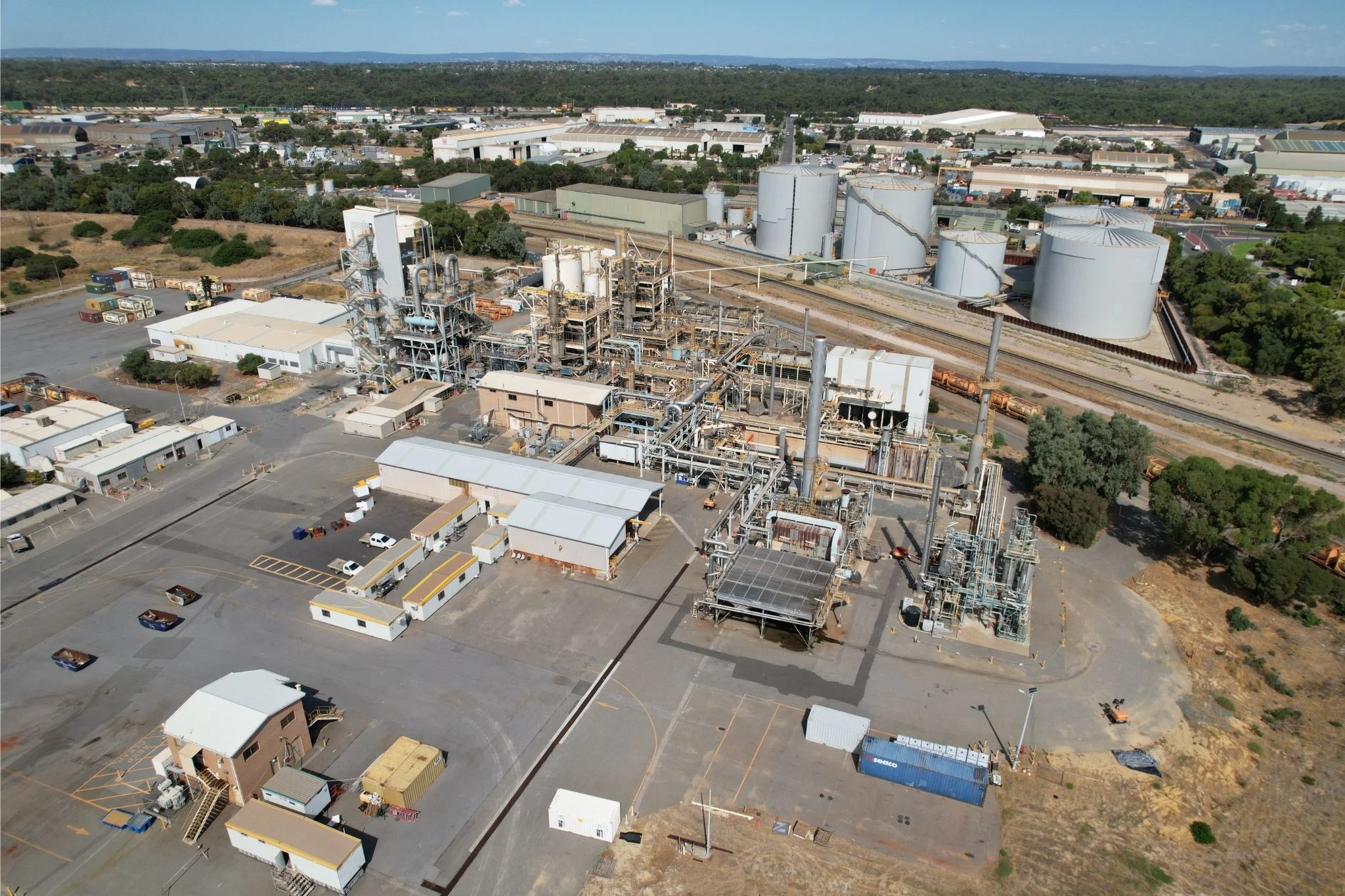
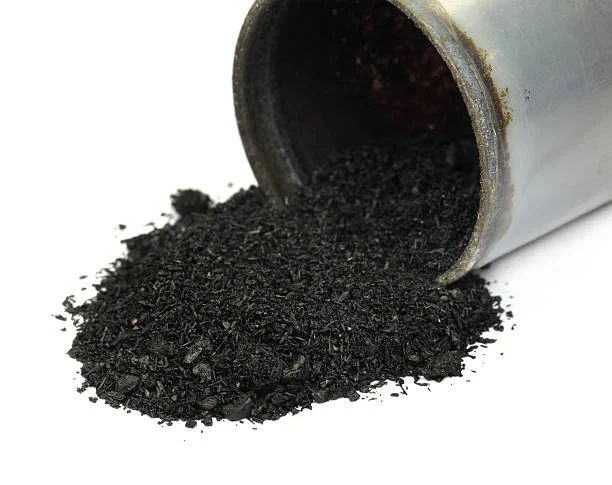
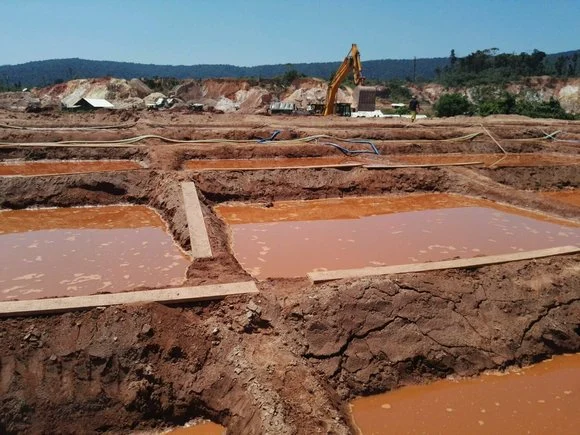
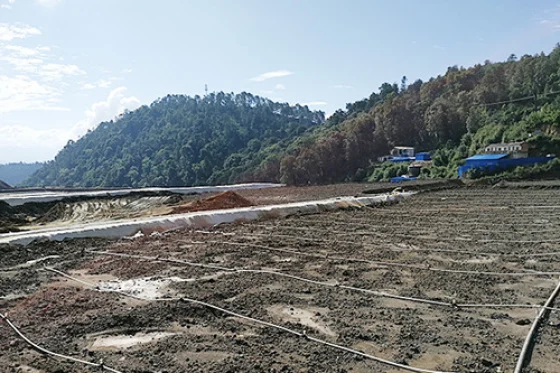
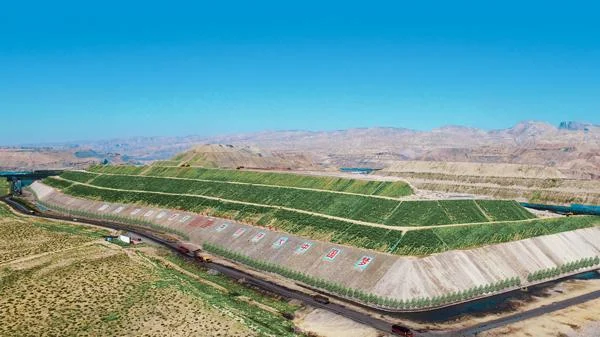
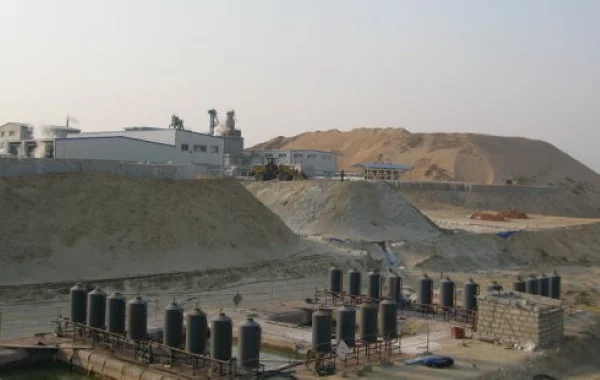
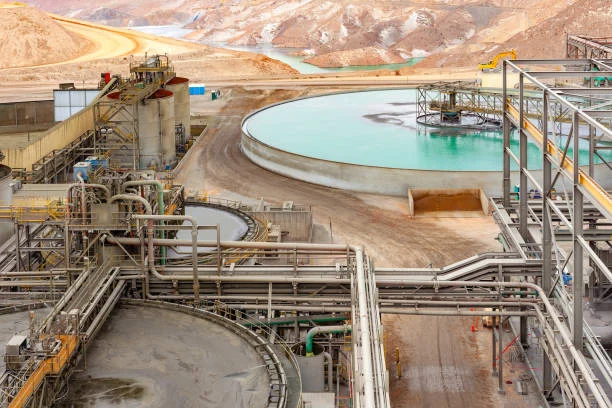
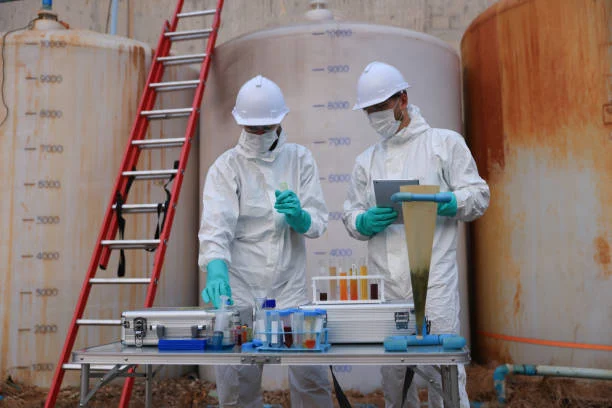


Leave a message with your needs or comments
Add comment: